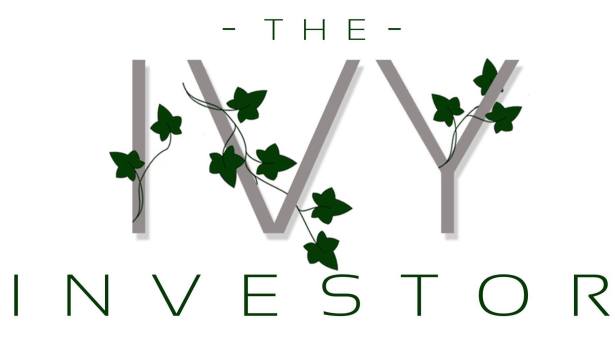A few blog posts ago I spoke about retirement with a brief conversation about rollovers. I wanted rollovers to have its own, more in depth, conversation. You can rollover your employer account for two reasons, (1) You leave your job OR (2) You reach the age to withdraw without penalty (59 ½) and you are still working. For the purposes of today’s blog post, let’s combine these circumstances and call them a “rollable” event.
When a “rollable” event occurs, you have three options: (1) Stay in your plan; (2) Cash out; or (3) Roll your account over. Let’s talk about the first two circumstances. If you have over $5,000 (each plan’s amount might vary slightly) in your 401(k) after separation from your employer, you have the option to stay in your plan. Under $5,000 but over $1,000, your employer can roll your money into an IRA to avoid the administration costs of keeping such a small about in the company’s plan. Under $1,000, your former employer can legally “force you out” if you don’t make other arrangements for the money in your plan. A force out is when your employer sends you a check for what’s in your account minus the mandatory 20% withholding.
Since we are on the subject of receiving checks from your 401(k), let’s discuss the cash out option. The cash out option is when you decide to take your money and run. You receive a check for whatever is in your 401(k) minus mandatory 20% tax withholding. That sounds great, who couldn’t use some extra money in their pocket? Well, I will ask you the question that my father asked me as a child whenever I was in trouble, “[Is] it worth it?” And on this occasion, it isn’t. There’s no such thing as a free lunch. With the cash out, even though you had 20% held immediately, (1) the amount you received is calculated into your income and in most cases, you have to pay MORE taxes on that amount and (2) you are subject to a 10% early withdrawal penalty if you are under 59 ½ at tax time. On top of that, you are shorting your retirement goals. With that being said, who has money just to give away to the government?
So what’s the best option? ROLLOVER. Rolling your 401(k) to an Individual Retirement Account (IRA) is a great move. It gives you a wider range of options that are often less expensive that YOU pick. However, you also have the option of rolling your old 401(k) into your new 401(k). But for today’s post, I’m just going to discuss the process of rolling over into an IRA.
1. Decide where do you want your IRA.
(a) Bank- some people like the convenience of having all their accounts in the same place. However, many banks only offer banking options such as CDs and savings accounts. Some banks can provide investment options through their investment arm but I do caution you that these options tend to be more expensive than an online account.
(b) Online account- if you don’t mind having your banking accounts in separate places, I prefer online options. They tend to be cheaper. (Although if you want to move your banking relationship, many of these online investment firms have banking options.) Look around for deals (i.e. get $600 when you roll your account over) and make sure you read the fine print!
2. Decide what kind of an IRA will it be.
You should roll your 401(k), or other qualified plan, into a qualified account, a traditional IRA. I know that Roth conversions are very popular now. But it is easier to do a Roth conversion once your funds are in your traditional IRA. Before making that jump, I strongly suggest speaking with your tax advisor.
3. ROLL IT!
(Most people want to handle this ASAP after they leave a company, but it can take up to 60 days for your separation to show with your 401(k) provider)
(a) Tell your IRA provider that you intend to roll a 401(k) over. They will either give you a form or provide you with the information needed to tell your 401(k) provider to execute the rollover
(b) Call your 401(k) provider or go to your 401(k) online, most providers allow you to verbally request a rollover, and handful of providers will send your check directly to your IRA company. If they don’t, and send the check to you, just forward the check with the proper paperwork to your IRA.
Note: The general rule in rollover land is this, “As long as you don’t get the money in your hands, then it is not taxable.” So most people get upset when they have a check in their hands from their 401(k). But with a rollover the check should read, “ (Your IRA Company) FBO (Your name).” The real question is, can you take the IRA check and deposit into your bank account. With a FBO, “for benefit of,” check, you cannot because the check is written to the IRA company for your benefit.
My money’s rolled over. What should I do next? Invest!

